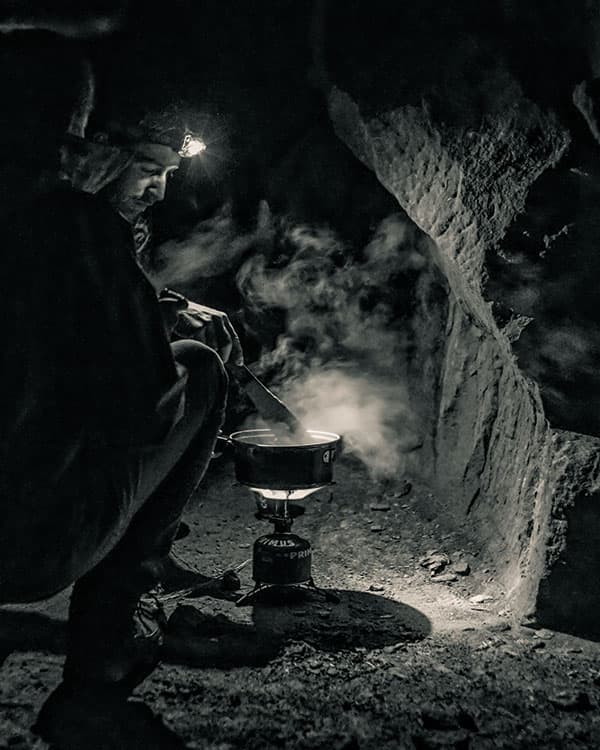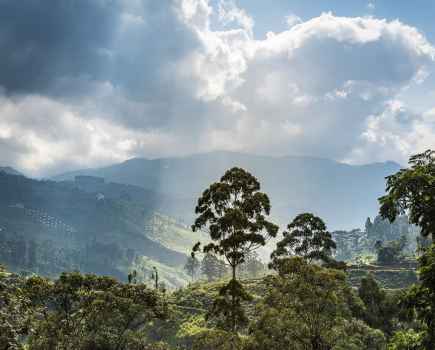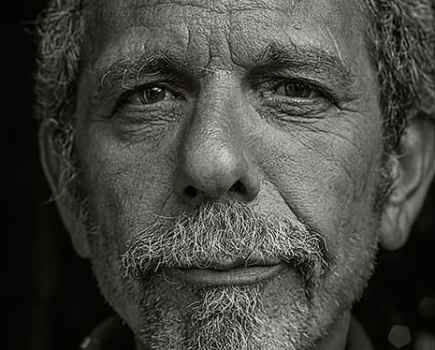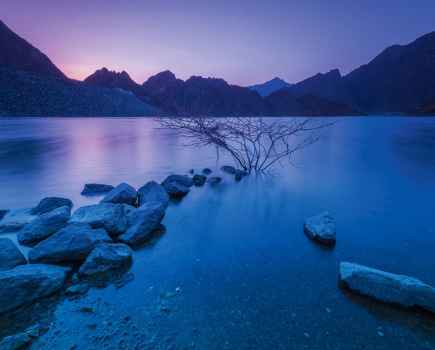Photo: Caveman Cooking
Taken by: Callan Stroud
Pentax K-52, 50mm, 1/15sec, ISO 3,200
When working in the dark by torchlight, lamp light or by any small light source, there seems to be a great temptation for photographers to increase the contrast of their images. This certainly gives them punch and impact, but it often hides masses of detail and thus critical parts of the story.
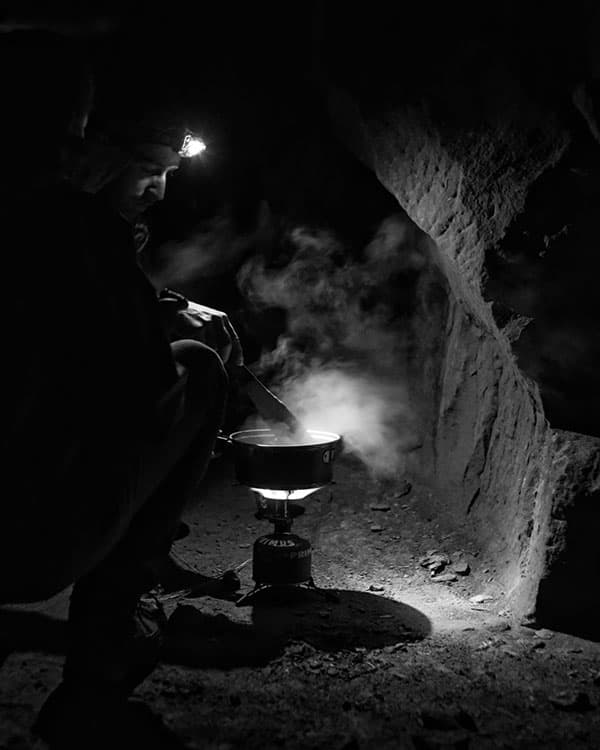
Before
Callan has gone to some lengths to get this picture of what looks like a caver heating some beans, and has cleverly spotted that there was a good shot to be had in the situation. I expect that the scene was pretty atmospheric, and the light from the head lamp in the steam of the hot pan was probably what made him reach for his camera.
If we were there, our eyes would be able to adjust to the different brightness levels of the scene, so when we looked at the cooker’s face we would be able to see the detail, just as we would be able to see the faint light on the face of his companion, the surface of the rock face and the gravel on the ground. For Callan to give us a sense of what it was like to be there at the moment he needs to try to show us all those things at the same time. And that requires a low-contrast image that opens shadows and tames highlights, not a high-contrast picture that conceals the vital elements of the story.
I’ve created a new version that gives up its secrets through low contrast and lifted shadow areas, and which gives us a much clearer idea of what is going on. The trick in these situations is to shoot in raw mode and use your image-processing software to draw down the natural contrast of the camera.

After: In dark situations, where a torch is the only source of light, shoot in raw and use image-editing software to draw down the contrasts
We often think that we need to record things exactly as they are, but cameras and eyes don’t work in the same way. We need to show things rather as we see them, and that usually requires a degree of manipulation of the imperfect photographic process.

